WASHINGTON, July 26, 2019 - The State Department has made a determination approving a possible Foreign Military Sale to India of C-17 sustainment follow-on support for an estimated cost of $670 million. The Defense Security Cooperation Agency delivered the required certification notifying Congress of this possible sale on July 26, 2019.
The Government of India has requested to buy equipment for C-17 follow-on support, to include spares and repair parts; support equipment; personnel training and training equipment; publications and technical documentation; support and test equipment; U.S. Government and contractor engineering, technical and logistical support services; and other related elements of logistics and program support. The total estimated program cost is $670 million.
This proposed sale will support the foreign policy and national security of the United States by helping to strengthen the U.S.-Indian strategic relationship and to improve the mobility capabilities of a major defensive partner, which continues to be an important force for political stability, peace, and economic progress in the Indo-Pacific and South Asia region.

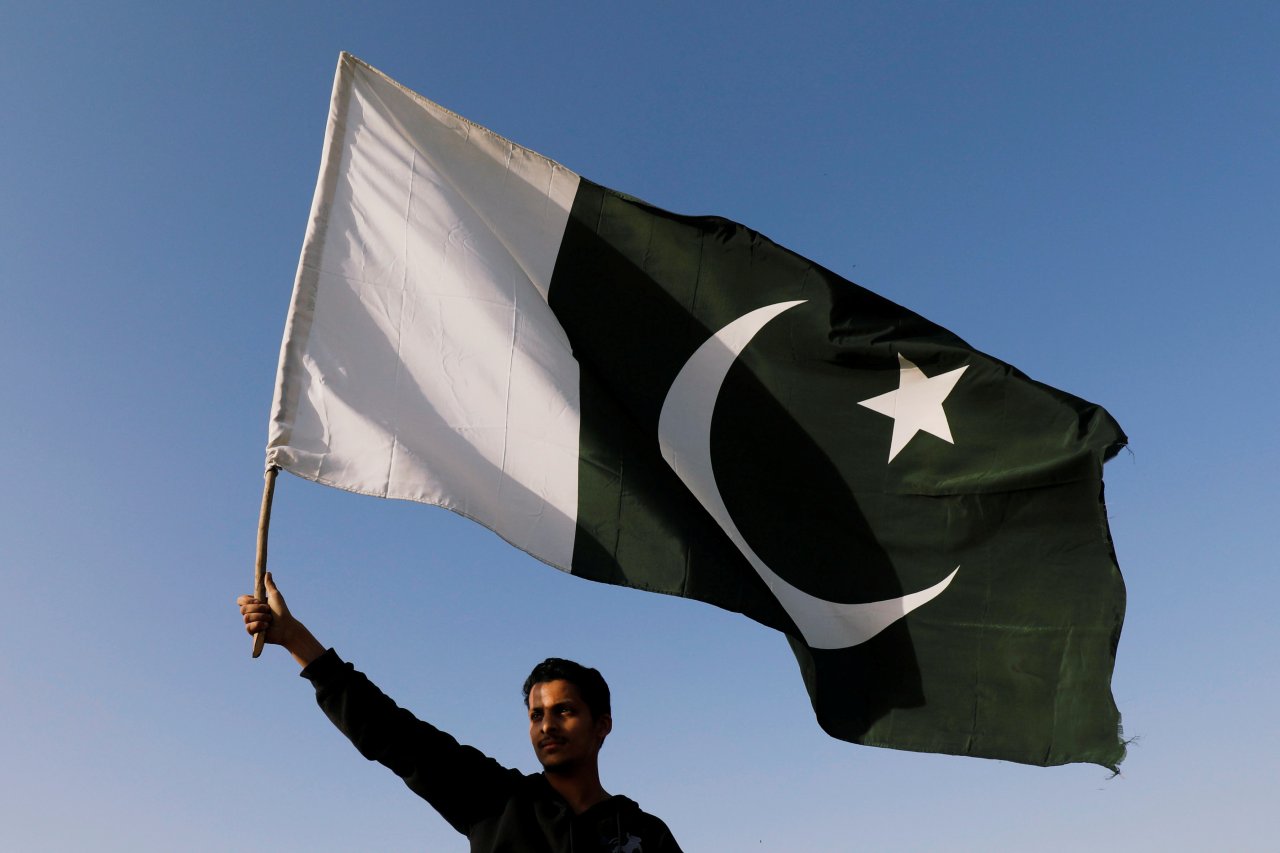
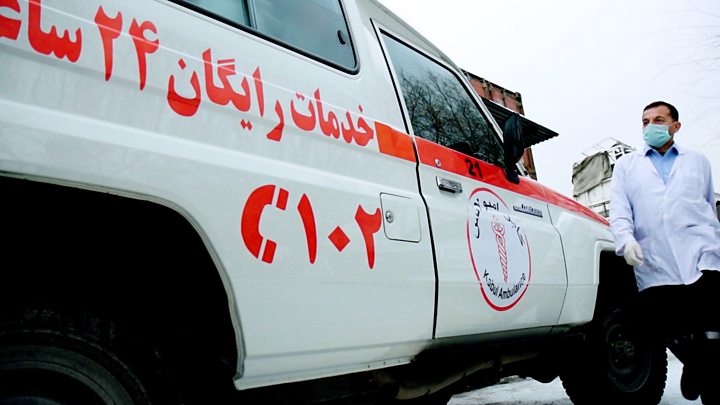
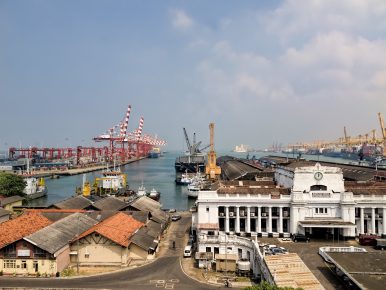

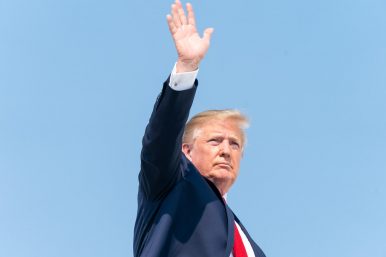

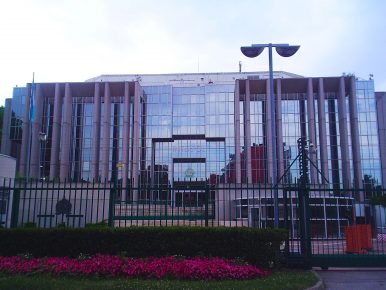



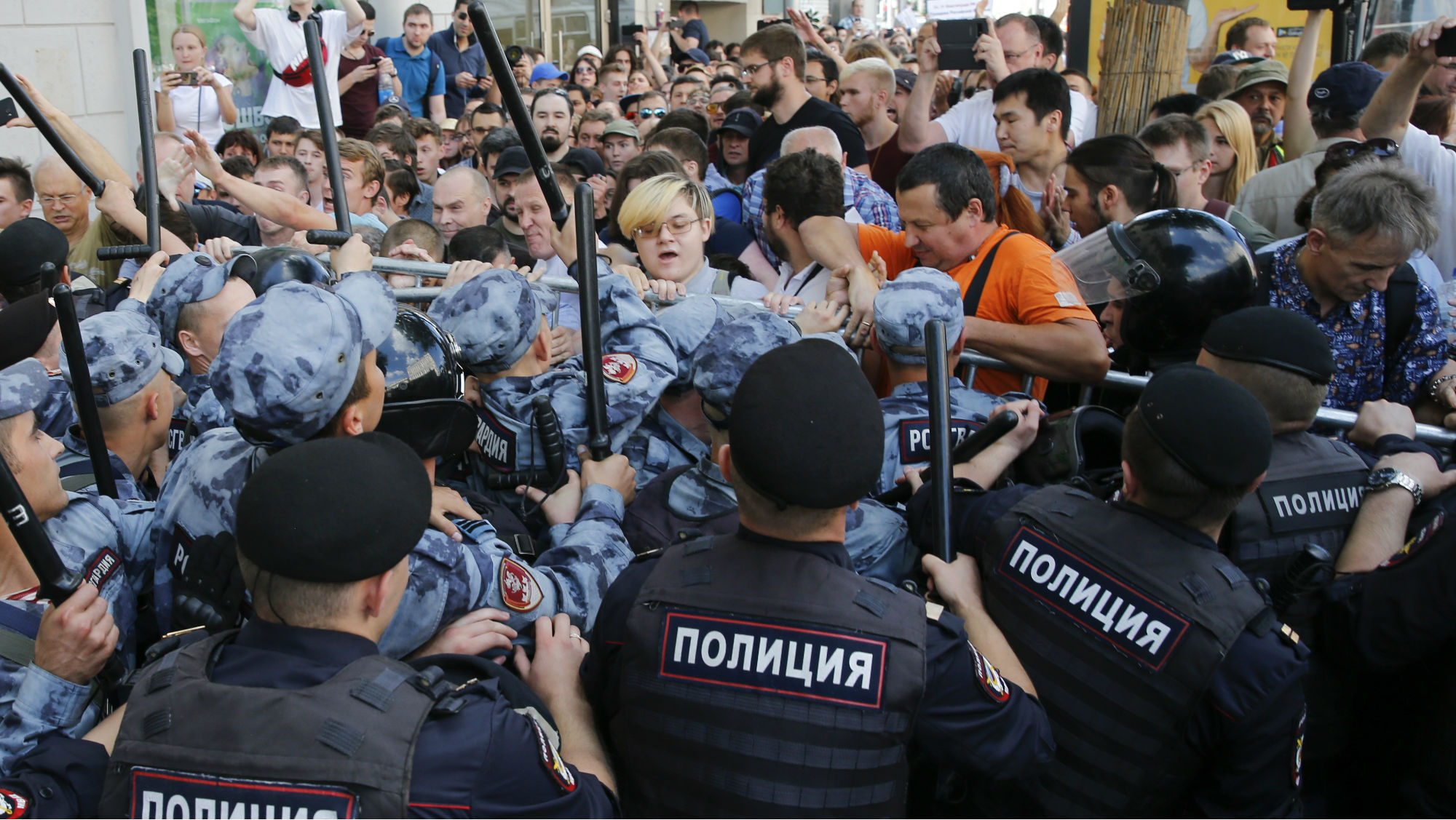



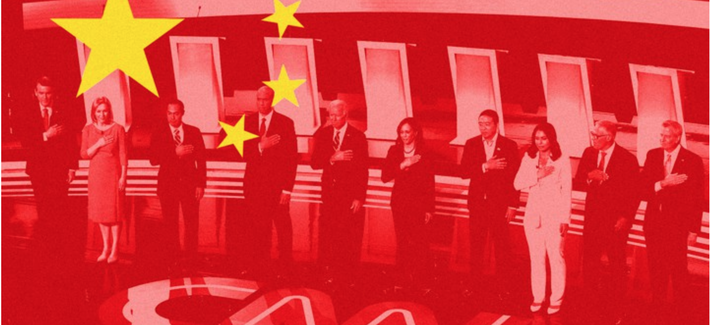



/arc-anglerfish-arc2-prod-mco.s3.amazonaws.com/public/YNFCNYFVZNEHJLPUWSZYKMSS44.jpg)
/arc-anglerfish-arc2-prod-mco.s3.amazonaws.com/public/N3CNNVS4K5HZTNLS3QIYRABRAE.jpg)